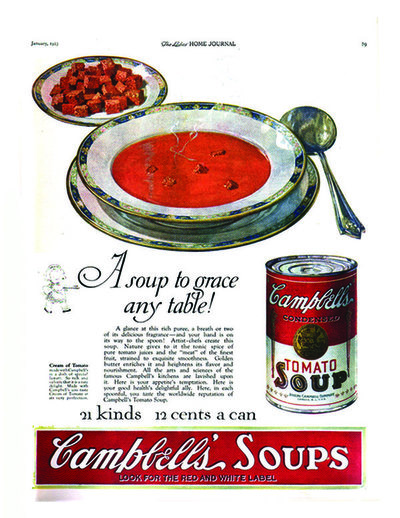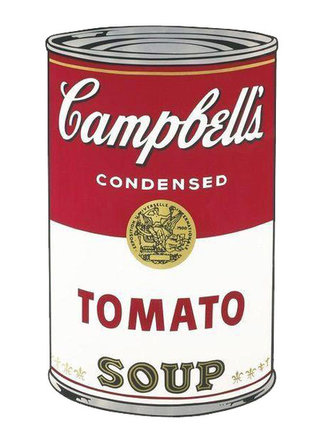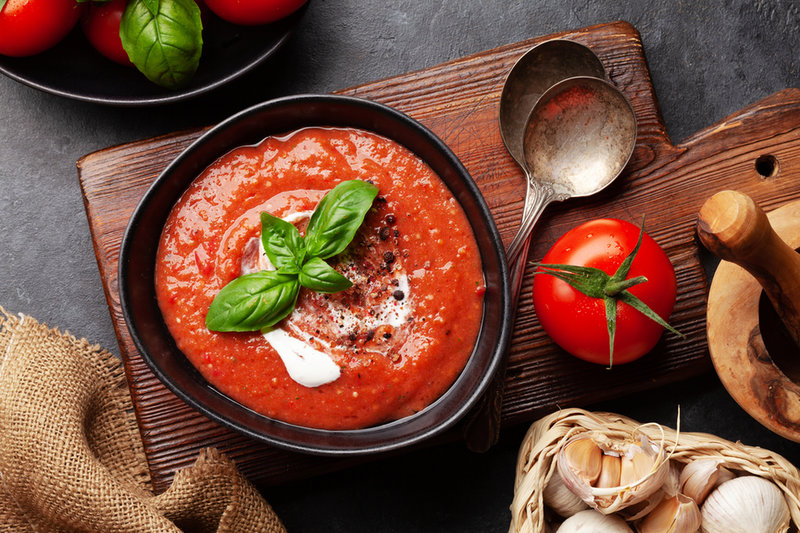
It comes in many forms – hot, cold, clear, creamy or thick and chunky, vegetarian or meaty, sour and even sweet. Is there anything more versatile – and comforting – as a bowl of delicious soup?
Souper
Duper

Ancient Neanderthals, thousands of years ago, boiling bones down to render the rich, nutritional fat is believed to be the origin of how soup developed. There is archaeological evidence that they made rudimentary vessels of dried animal skins, added bones and water and then dropped hot rocks in them. That was possibly the first version of bone broth, something that has become a staple of the keto or paleo diets over the past five years. It was the development of the clay vessel which facilitated better cooking over fire as well as storage that assisted in this dish’s evolution.
Nowadays, every nation has them and although they are traditionally associated with winter because of their hearty, warming and nutritious nature, there are any number of chilled and refreshing versions for spring or summer too.
Soup is so popular that just one brand, in three flavours, accounts for 2.5 billion bowls consumed every year in America alone! (And that’s Campbell’s soup, tomato, cream of mushroom and chicken noodle flavours specifically. In fact, Campbell soup cans were part of pop artist Andy Warhol’s first ever exhibition in 1962. The tomato soup version made both Warhol and the soup famous – iconic even.)
Clear soups were classed as bouillons and consommés, while thicker soups became purees, bisques and veloutés.
But taking a few steps back in history, the ever conquering Romans introduced zuppa to other parts of what is modern-day Europe and the island nation of Great Britain. It’s also why the hot, tasty and nutritious liquid is called soup.
“In 476 AD, with the collapse of the Western Roman Empire, soup survived in the Byzantine Empire centred on Constantinople. With its fall to the Ottoman Turks in 1454, soups of Central Asian began to influence European soup culture. Unlike Western Europeans, the Turkish used lots of vegetables in their soups and did not limit soup consumption to a particular time of day or a specific course during a meal,” the Campbell’s soup website states.
This same source reveals that we owe the word “restaurant” to the French because in 18th century France, street vendors would sell a restorative soup known as a “restoratif”. “Soup had for a long time been known for its healing properties. When an enterprising man named Boulanger decided to open a quiet eatery featuring soups, eggs and other restoratifs, the first restaurant was born,” the website states. “In 1786, the first luxury restaurant opened in Paris. This led to a trend of gastronomique cooking styles that in turn defined the types of soups we know today. Clear soups were classed as bouillons and consommés, while thicker soups became purees, bisques and veloutés. It was during the 18th century that soups really started to diversify and become little bowls of creativity.”


The stuff of legends – Campbell's tomato soup which owes much to advertising as well as Andy Warhol's artistic rendition which now resides in the Museum of Modern Art in New York
And then there was the commercialisation of soup by companies such as Campbell’s. Chemist Dr John T Dorrance is the man credited with condensing soup for the Campbell Soup Company. This enabled the packaging of soup into smaller but denser volumes in cans for sale at a lower price that could then be reconstituted or bulked up with the addition of either a can of water or milk.
Wikipedia defines soup as primarily a liquid food, “generally served warm or hot (but may be cool or cold), that is made by combining ingredients of meat or vegetables with stock, milk or water. Hot soups are additionally characterized by boiling solid ingredients in liquids in a pot until the flavours are extracted, forming a broth.”
The entry further goes on to detail the classification of soups according to traditional French cuisine: clear soups and thick soups. The clear soups are bouillon and consommé while thick soups are classified depending upon the type of thickening agent used. So purées are vegetable soups thickened with starch, bisques are made from puréed shellfish or vegetables thickened with cream; cream soups may be thickened with béchamel sauce, and veloutés are thickened with eggs, butter and cream.
Cold soups can be sweet or savoury. Many a dessert soup is made by very simply puréeing fruits such as berries, adding a sweetener if deemed necessary and possibly herbs such as mint, for example. It would be interesting to find out which is the most popular cold savoury soup: Spanish gazpacho redolent of tomato or vichyssoise, the French cold purée of cream, leek and potato?
Gazpacho
Ingredients:
750 g ripe tomatoes
1 small cucumber, finely chopped
1 large green pepper, finely chopped
2 – 3 cloves garlic, crushed
1 – 2 Tbsp finely chopped olives (optional)
60 ml olive oil
80 ml red or white wine vinegar (or sherry vinegar)
1 Tbsp tomato paste
Salt and ground pepper
Garnishes
1 red onion, finely chopped
1 small red pepper, finely chopped
2 spring onions, finely sliced
1 small cucumber, finely diced
Chopped fresh mint, marjoram or parsley
Croutons
Method:
Cut a cross in the base of each tomato and put in a bowl of freshly boiled water. Leave for 2 minutes and then remove to a bowl of iced water. Drain and then peel away the skins. Chop the flesh so finely that it is almost a purée.
Put the tomato in a large bowl; stir in the cucumber, green pepper, garlic, olives (if using), oil, vinegar, tomato paste and season to taste. Mix well, cover and refrigerate for 2 – 3 hours.
Use 2 – 3 cups of chilled water to thin the soup to your personal taste. Serve well chilled, with small bowls of red onion, red pepper, spring onion, cucumber, herbs and croutons. Diners can then add their preferred garnishes to their individual bowls.

Cream of Tomato soup
Ingredients:
1 Tbsp olive oil
1 onion, chopped
2 cloves garlic, crushed
3 x 400 g cans crushed tomatoes
3 cups chicken stock
1 Tbsp tomato paste
Salt and freshly ground black pepper
2 tsp sugar
1 cup cream
Method:
Heat the oil in a heavy-based pan. Add the onion and cool for 5 minutes over medium heat until soft but not brown. Add the garlic and cook for a further minute.
Add the undrained tomatoes to the pan, along with the stock, tomato paste, salt, pepper and sugar. Bring to the boil and then reduce the heat and simmer, partially covered with a lid, for 20 minutes.
Allow to cool a little and purée in batches until smooth. Return to the pan, add the cream and reheat gently before serving.
COMPETITION TERMS AND CONDITIONS
Competition submissions should reach us no later than 25th August 2022. The Prize/s is as indicated, no alternatives or cash will be provided. The decision of Integrated Media will be final, and no correspondence will be entered into. Under no circumstances shall Integrated Media, TOPS at SPAR, SPAR or its appointed representatives and the prize donors be liable to anyone who enters these Prize Draws for an indirect or consequential loss howsoever arising which may be suffered in relation to the Prize Draws. By entering these competitions, you make yourself subject to receiving promotional information. Entrants are deemed to have accepted these terms and conditions. Prize Draw Rules: The prize draw is only open to consumers who must be over 18 years of age and resident in South Africa. Employees of Integrated Media and TOPS at SPAR, SPAR and their respective advertising, media and PR agencies, as well as the family members, consultants, directors, associates and trading partners of such organisations and persons are ineligible for the draw. Participants can only win one competition every three issues.